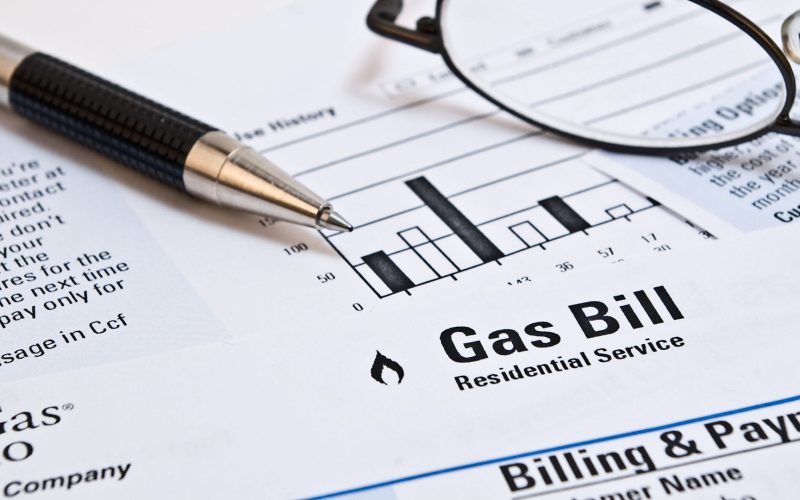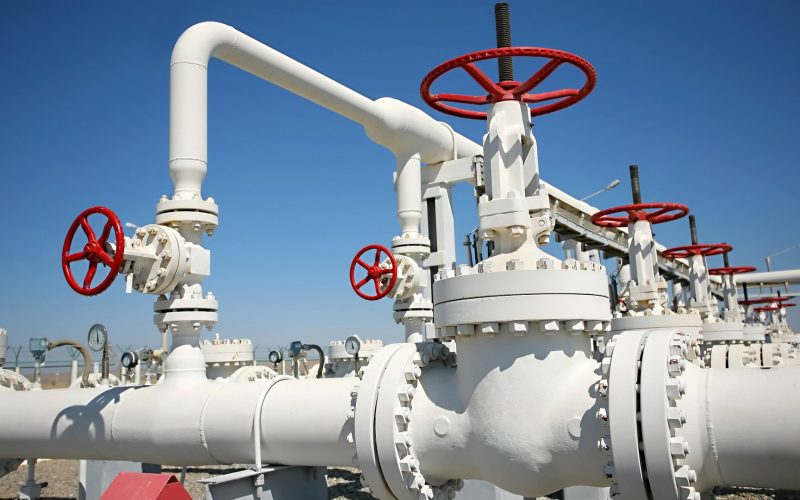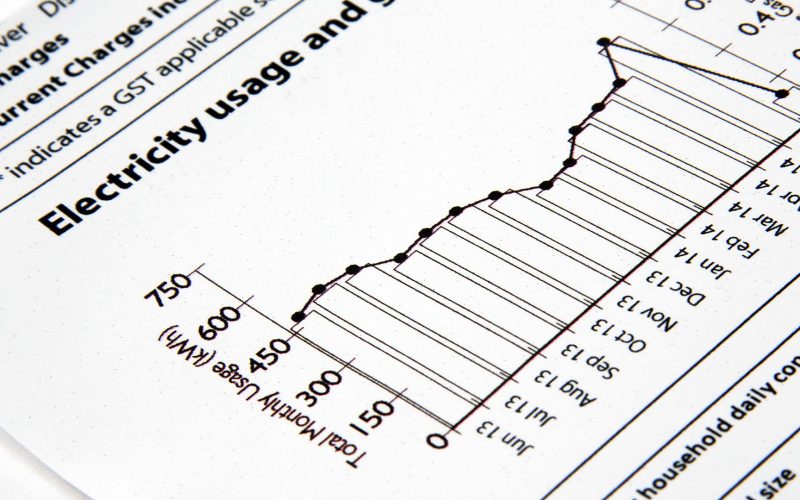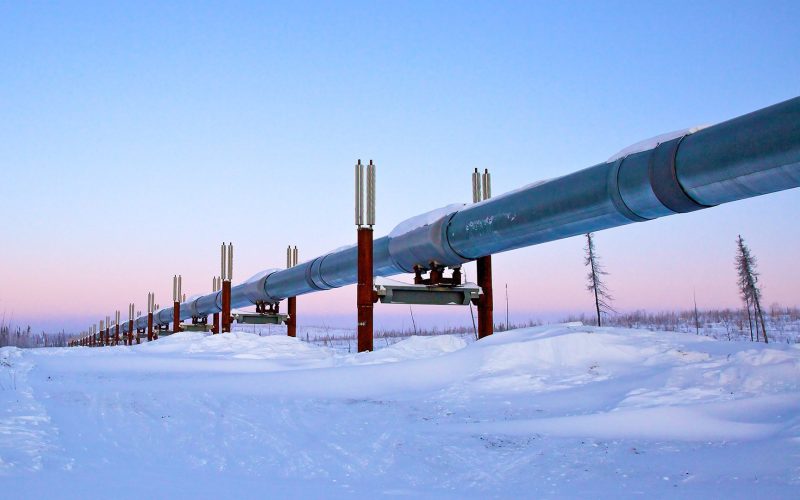THE VOICE FOR THE ENERGY CONSUMER
Consumer Energy Alliance commended a conference committee comprised of members from the Massachusetts legislature that recently approved a final version of the Energy Diversity Bill (H.4385/S.2372) which removed a harmful.
Brydon Ross was interviewed about recent legislation passed in Massachusetts that will impact families and small businesses. Though included in some earlier versions, the final bill left out a provision.

CEA’s David Holt was interviewed by Platts about the importance of energy exploration in the U.S. Arctic. The Obama administration unveiled final regulations for drilling in U.S. Arctic waters, but.

Timothy Murray, President and CEO of the Worcester Regional Chamber of Commerce, and the former lieutenant governor of Massachusetts, writes about the high cost businesses and families in Massachusetts must.

Currently, the Massachusetts Legislature, in conjunction with the Baker/Polito Administration, is in deliberations concerning comprehensive energy legislation that will have financial impacts on businesses and residents alike for years to.
[bq]”It’s truly a turning point for American energy production in the Gulf.”[/bq] American energy production and the immense value it brings consumers is under assault again. Following the recent decision.

David Holt discusses anti-energy protesters whose policies will lead to increased energy prices for families and small businesses with the Walpole Times. Do you have four days off from your.

A Consumer Energy Alliance poll regarding Alaskan energy development was featured in the Wall Street Journal. The good news is the Arctic possesses abundant onshore, nearshore and offshore oil resources,.
Consumer Energy Alliance (CEA), a national consumer advocacy organization with more than 20,000 members in New England, delivered more than 4,500 letters from energy consumers across Massachusetts to 40 senators.

America’s energy infrastructure is in need of modernization to better supply families, farmers, and manufacturers with affordable, reliable energy. Six hundred days and counting. That’s the time one developer has.